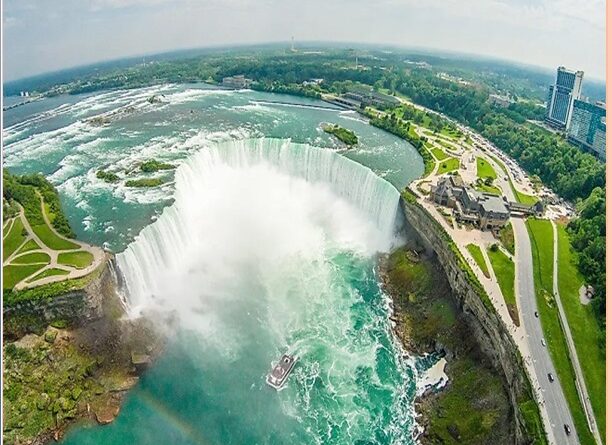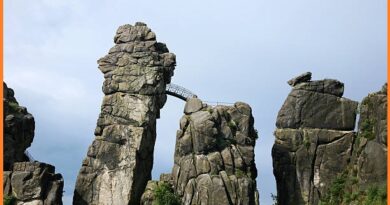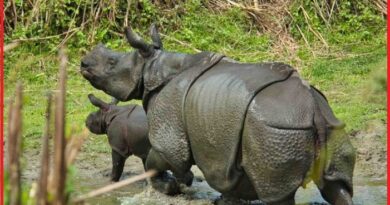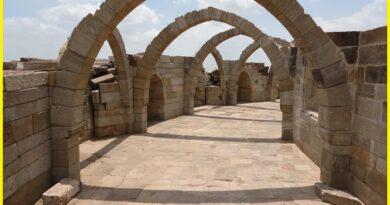The Spectacular Niagara Waterfalls and its Geology
Where are Niagara Waterfalls
Niagara Waterfall is located on the border of the United States and Canada. It is in New York state in the United States and west of Toronto, Ontario, Canada. Niagara Falls is a beautiful site and an excellent place to visit if you’re ever in the area. the Area can be reached by car or by taking the ferry. The falls are a popular tourist destination due to their location on the border of the United States and Canada. The falls are located on the Niagara River and are approximately 51 meters high. Millions of people visit the falls each year to witness the spectacular sight of water tumbling over the edge of a cliff.
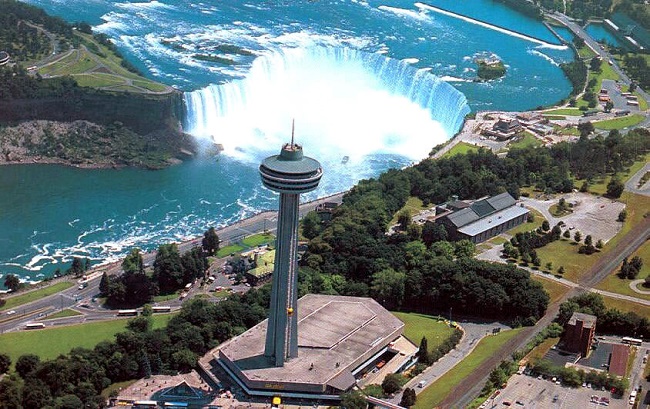
Geology of the Area
Niagara Waterfall is located 27 km north-northwest of Buffalo, New York, and 69 km south-southeast of Toronto, between the twin cities of Niagara Fall, Ontario, and Niagara Falls, New York. Niagara Falls is a group of three waterfalls at the southern end of Niagara Gorge, spanning the border between Ontario in Canada and the state of New York in the United States. The largest of the three is Horseshoe Falls (Canadian Falls), which straddles the international border of the two countries. The smaller American Falls and Bridal Veil Falls lie within the United States. Bridal Veil Waterfalls is separated from Horseshoe Falls by Goat Island and from American Waterfalls by Luna Island, both islands situated in New York State.
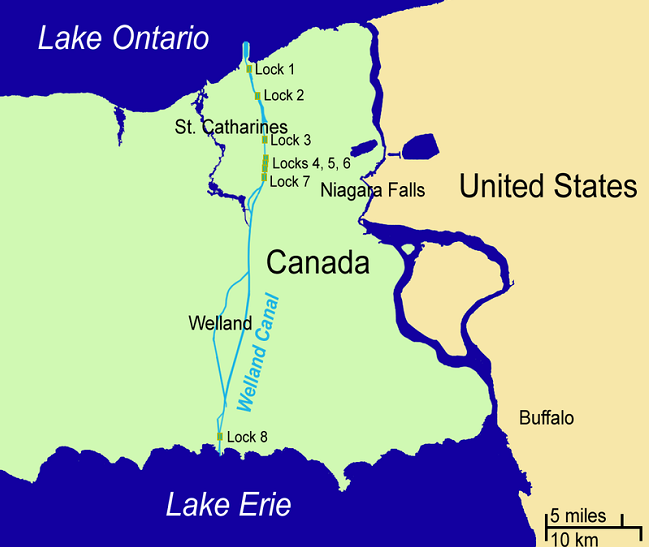
The Niagara Waterfalls were created by the Wisconsin glaciation about 10,000-18000 years ago (the last ice age). The retreat of the ice sheet left behind a large amount of meltwater that filled up the basins that the glaciers had carved, creating the Great Lakes Including (Lake Erie and Lake Ontario).
The upper Great Lakes emptied into the Niagara River, which followed the undulating topography across the Niagara Escarpment. Because of the interactions of three different rock formations, the rocky bed did not erode evenly. The caprock formation is composed of hard, limestone, and dolomite of the Lockport Formation of Middle Silurian. That hard layer of stone eroded more slowly than the underlying weaker, softer, sloping Rochester Formation (Lower Silurian). This formation is composed mainly of shale. The river eroded the soft layer that supported the hard layers and Niagara Waterfall forms.
Niagara Waterfall state park
Niagara Falls State Park is a large state park in New York that features Niagara Falls. The park is home to the Niagara Falls International Peace Garden, which was dedicated in 1984 and is the only international peace garden in the United States. The park also features a number of trails that lead to the falls. See the Niagara falls map.
Also read- The La Brea Tar Pits: World’s Oldest And Best Preserved Ice Age Fossil Site
Cave of the wind Niagara falls
The Cave of the Wind is located beneath the Niagara Waterfall. It is a small, dark, and damp cave that is said to be haunted by the ghost of an old woman. Niagara Falls Cave of Wind is a popular tourist destination and contains some of the most dramatic and beautiful scenery in all of the surrounding area. The cave can be reached by walking along a narrow ledge. Niagara Falls at night is a beautiful sight. The falls are lit up with thousands of lights and the water looks like a river of diamonds. You can also see the American and Canadian sides of the falls at the same time.
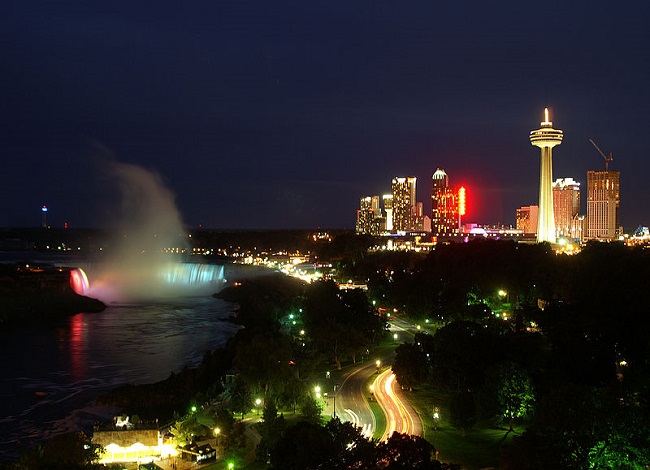
Things to do in Niagara Waterfall
Niagara Falls is a natural wonder, which flows from Lake Erie into Lake Ontario, that can be enjoyed by everyone. There are many things to do in Niagara Falls, including visiting the falls themselves, hiking and biking trails, and rock climbing. There are also many restaurants and hotels in the area, so visitors can find whatever they need.
